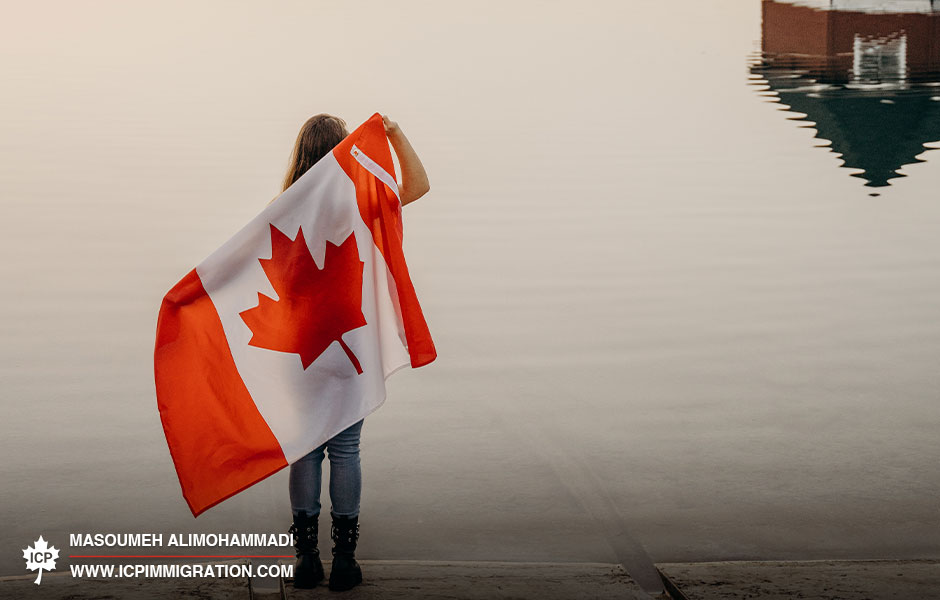Three provinces have issued ITAs under Provincial Nominee Programs.
Provinces endorse first multi-year levels plan
Immigration is a shared responsibility between the provincial and federal governments. The Forum of Ministers Responsible for Immigration (FMRI) and Immigration, Refugees and Citizenship Canada (IRCC) met on March 10 to discuss shared priorities and move forward on objectives set in July 2022.
One outcome of the recent meeting was the endorsement of a multi-year provincial nomination levels plan. Under this plan, IRCC will inform each province how many spaces they have been allocated under the PNP for up to three years in advance.
This will allow provincial governments to plan accordingly for future housing and infrastructure needs that will better support newcomers in the province. Having this support in place will also make it easier for the provinces to retain newcomers.
The number of allocations has also been increased in some provinces. For example, the number of PNP allocations for Manitoba in 2023 has increased by 3,175 spaces over 2022. Saskatchewan and Alberta have also reported significant increases in allocations over the next three years, with Saskatchewan’s PNP going as high as 8,500 spaces by 2025 and Alberta going up to 10,849.
Provincial immigration results March 11-17
Ontario
On March 14 Ontario held two draws under the International Student stream of the Ontario Immigrant Nominee Program (OINP). The first invited 606 targeted candidates in healthcare and tech occupations with a minimum score range of 70 and above.
The second draw under this stream was for candidates in skilled trades occupations. The province invited 300 candidates with a score range of 74 and above.
There were also two targeted draws on March 16 for candidates in the Express Entry French-Speaking Skilled Workers stream. Ontario invited 271 candidates in finance, health, and education occupations and 344 in tech and skilled trades. The first draw for this stream had a CRS score range of 294-489 and the second had a CRS range of 400-489.
Ontario is Canada’s most populous province and typically receives the largest number of allocations under the PNP. The province has not yet released the number of allocations it has received under the new multi-year plan.
British Columbia
British Columbia has invited more than 230 candidates in the weekly BC PNP draw on March 14.
The largest draw was a targeted tech draw that invited 197 candidates from the International Skilled Worker and International Graduate streams (including Express Entry candidates). They required a minimum SIRS score of 83.
The province also invited candidates working in the following occupations.
- 23 early childhood educators and assistants (NOC 4214) with scores of at least 60 points;
- 10 healthcare workers from the Skilled Worker, International Graduate, including Express Entry category, with scores of at least 60 points and;
- Other priority occupations with scores of at least 60.
Prince Edward Island
Prince Edward Island invited 144 candidates to apply for provincial nomination. Among them, 138 were candidates from the Labour and Express Entry stream.
There were also six invitations issued to candidates in the Business Work Permit Entrepreneur category, with a minimum point threshold of 52. PEI typically holds draws for the PEI PNP once a month.




